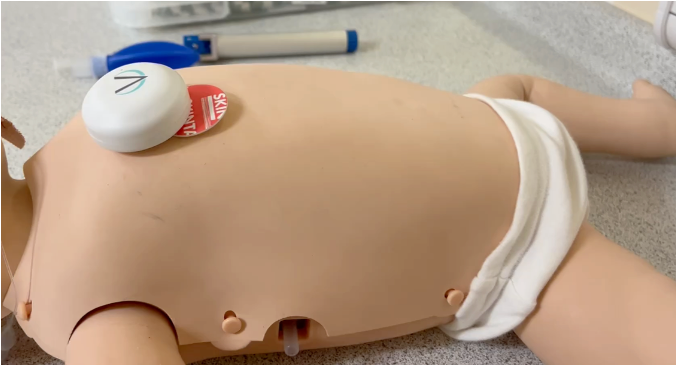EHI PC 500: What comes next?
- 13 January 2015

The future of primary care computing lies in integration with other systems, and in new technologies to enable patients to both access their own records and contribute to them.
That is the prediction of suppliers and industry experts, asked for their views on the past and the next ten years of GP IT to mark the 500th edition of the EHI Primary Care newsletter.
Ric Thompson, the managing director of Docman, points out that greater integration between hospital, community, primary and social care is being pushed as the solution to the NHS’ growing financial problems. But it won’t work without shared records.
“The integration of health and social care… can only be achieved if information about patients is available anytime, anywhere,” he says in a feature to mark EHI PC 500. “This, in itself, can only be achieved if there is real interoperability across all systems and devices.”
The two biggest primary care IT suppliers, Emis and TPP, have both extended into other sectors and are both working on shared records and information sharing projects in different parts of the country.
Frank Hester, the founder and chief executive of TPP, says this development has been supported by Dame Fiona Caldicott’s second review of information governance, which emphasised that information should be shared when it was in a patient’s interests to do so.
Patient access to record pilots were running when EHI PC started in February 2005. But they have become an increasing focus for government, with ministers now promising that patients will have access to a subset of their GP record online by March next year, and their full record by 2018.
Dr Paul Cundy, a Wimbledon GP and the voice of IT for the British Medical Association’s GP committee, says it will be “critically important” to get access right; and not to rush just to meet arbitrary deadlines.
But Dr Shaun O’Hanlon, the chief medical officer at Emis, believes the direction of travel is now unstoppable. Last year, Emis announced that it was making a personal health record available through Emis Web, using Apple HealthKit, a platform that links to the new Apple Watch and other devices.
He argues such developments are not only being demanded by patients, but could help health services as well.
“[Patients] may be able to see what their blood pressure has been like over the last six months, and when it’s too high, [the device] can tell them to visit their GP. That won’t happen as quick as we might like it to happen, but it will happen progressively over the next few years,” he argues.
Read the review of ten years of primary care computing in Insight, and look out for the 500th edition of the EHI Primary Care newsletter, which will go out overnight.




